Inflation has been a thorn in President Joe Biden’s side for most of his 2021-2024 term. Referring to a rise in the prices of goods, inflation has a direct impact on the financial health of American families, often making it a major political issue when it grows severe. For instance, a Gallup poll from March 2024 — just over seven months before the presidential election (Joe Biden vs. Donald Trump round two) — revealed that inflation was Americans’ top concern.
Inflation is a long-term trend as well as a more painful, more noticeable short-term one. In 1914, after all, gas cost 12 cents and a house cost $3,500. Various factors contribute to dramatic price changes over time, including increases in the total money supply (which makes each dollar worth less, spurring a price hike to compensate), increased demand for goods (growing populations, workforces, wages, and spending), a dwindling supply of goods or the materials needed to create them, and even the simple expectation that prices will in fact rise (a self-fulfilling prophecy).
The inflation rate when Biden became president, and why it spiked
In Jan. 2021, when Biden was sworn in, the inflation rate was 1.4%. This rate represents the average increase in prices over the preceding 12 months (in other words, a hypothetical $10 item, representing the average, might be $10.14 a year later). The inflation rate had been increasing during the final half-year of the Trump presidency. Throughout 2021, it climbed rapidly, peaking at a colossal 9% in June 2022 (your $10 item is now nearly $11), then fell to about 3.5% by May 2024.
What caused all this? The COVID-19 pandemic, which dominated Trump’s final year in office and Biden’s first couple years, created a severe economic crisis. With much production and shipping shut down, businesses closed, multitudes of workers fired, families needing different quantities of different items to survive sheltering in place, and stimulus checks hitting bank accounts, there were massive changes in the patterns of supply and demand of goods and services.
According to the Brookings Institute, price hikes were “driven by a combination of pandemic-induced kinks in supply chains and a huge shift in demand during the pandemic to goods from services.” Supply shocks and shortages were an expected result of disrupted production and transportation, plus skyrocketing demand from consumers. This helps explain higher prices across the economy, as well as those surreal, near-empty grocery store shelves.
Government policy — another factor that can contribute to long- or short-term inflation — played a role as well, as stimulus checks and business loans added on to the preexisting demand for a very limited supply of goods and services. Researchers from the Federal Reserve agree with those at Brookings that trillions in government spending, which occurred under the Trump and Biden administrations, worsened inflation.

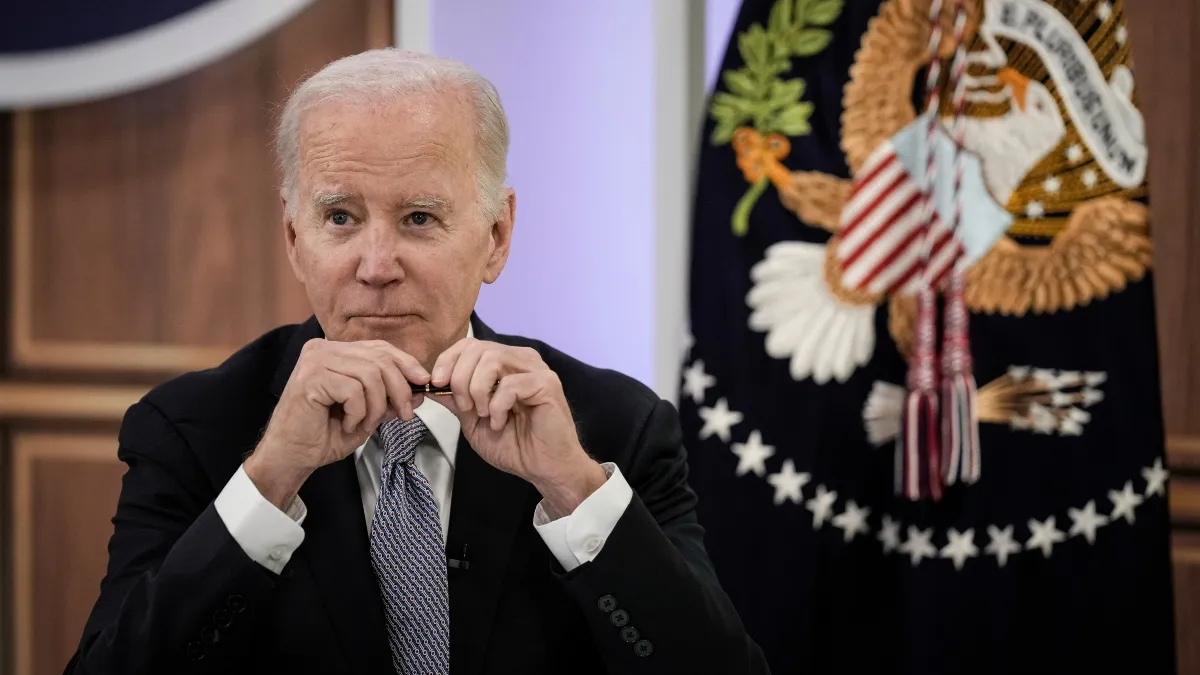
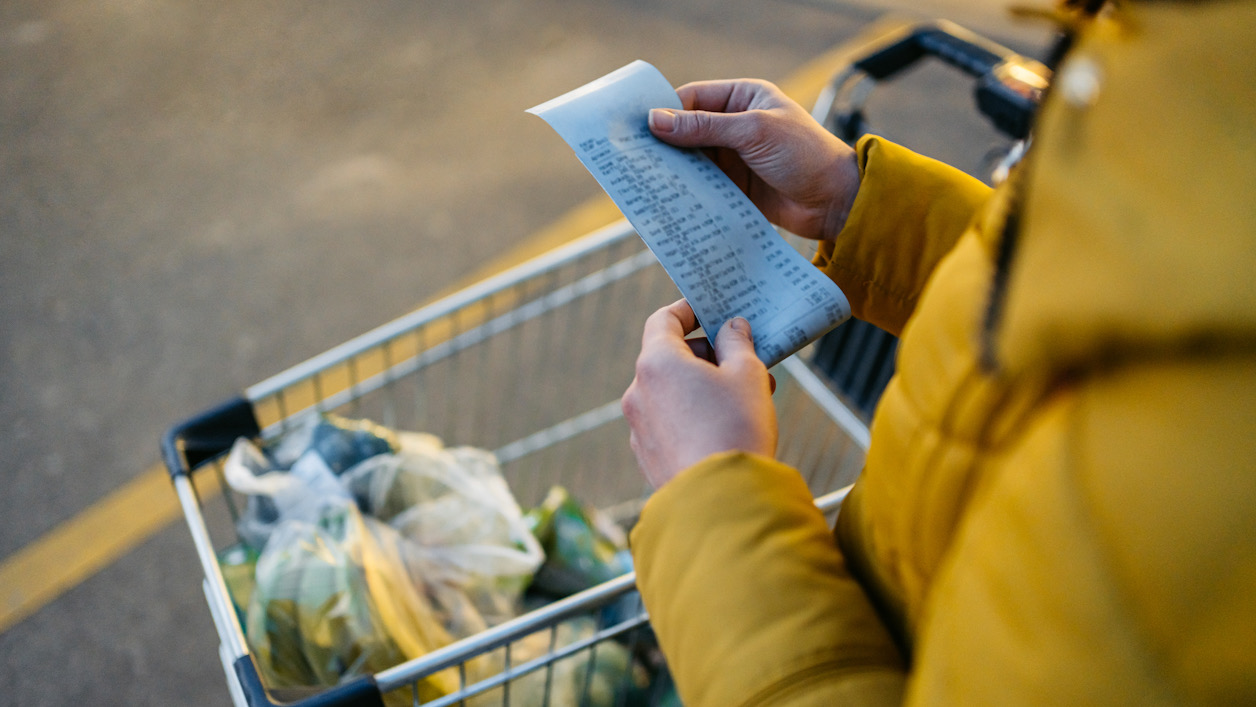
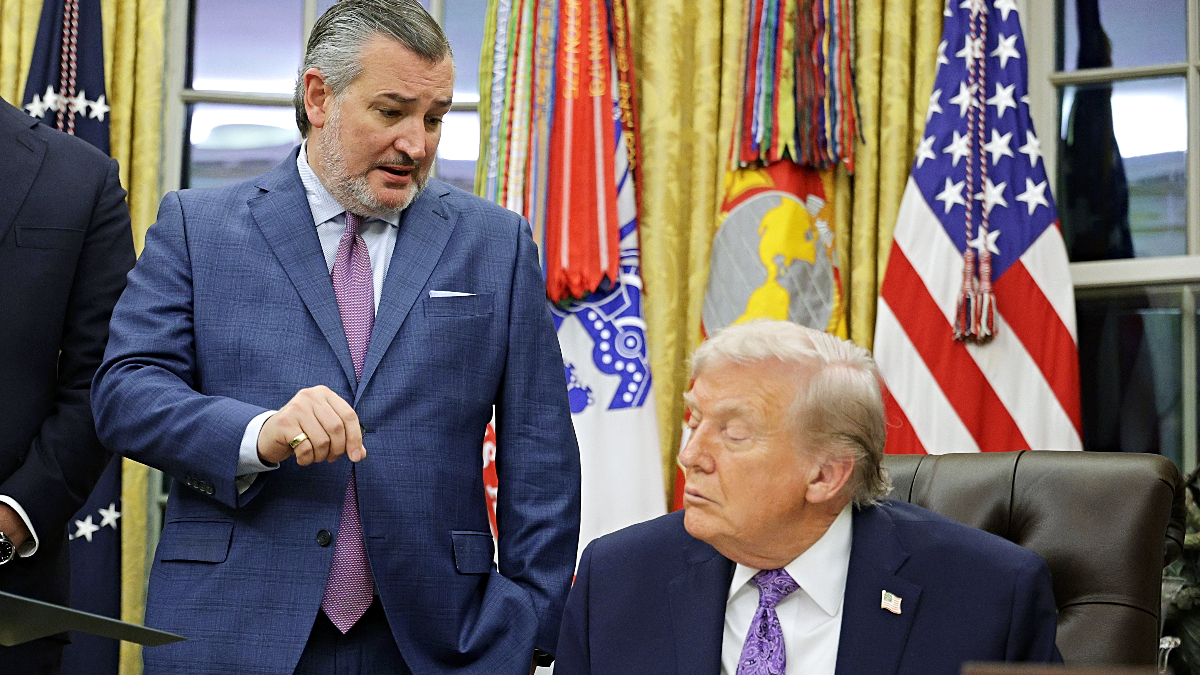

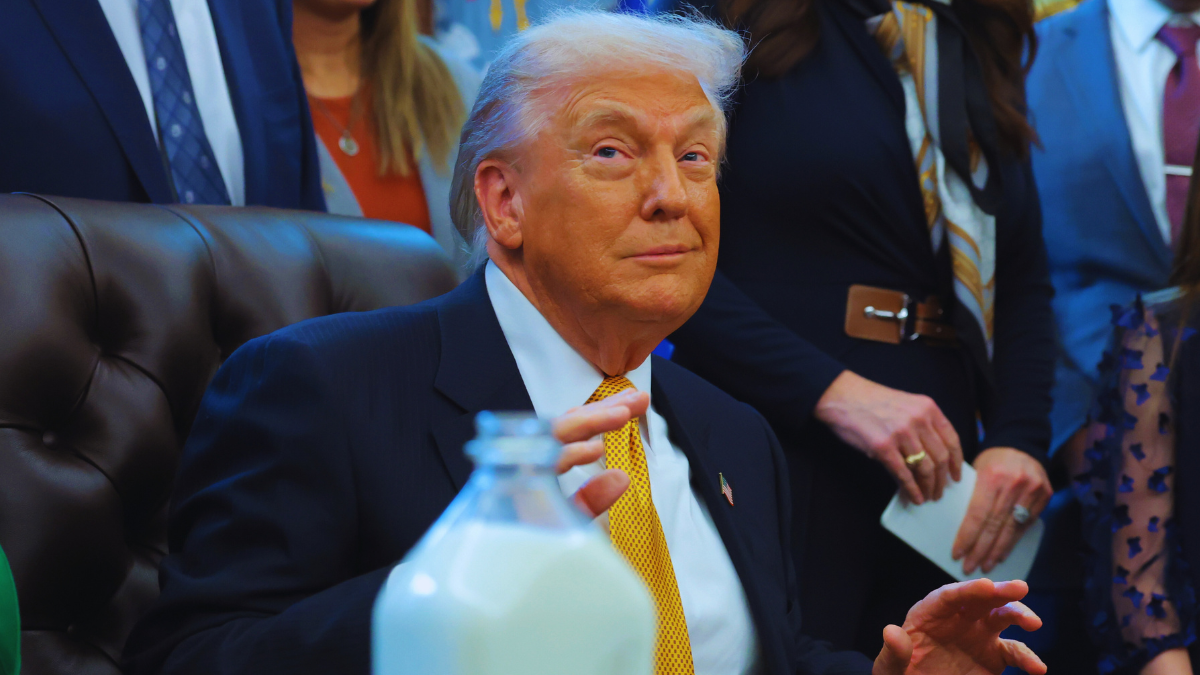
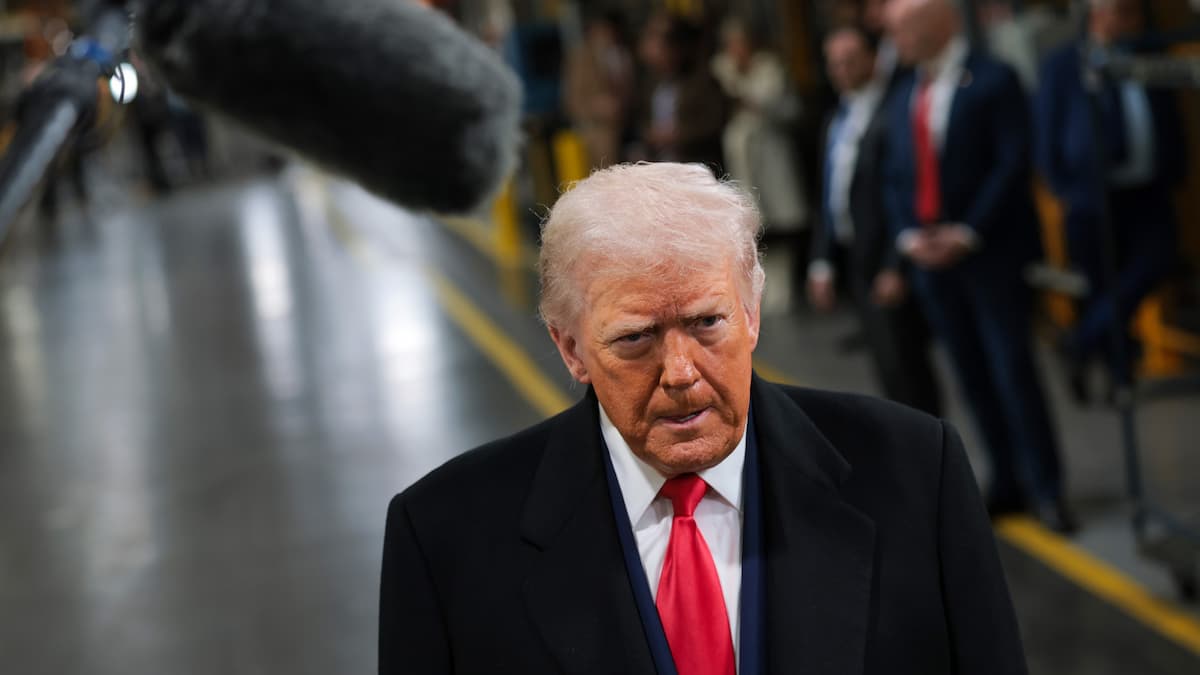
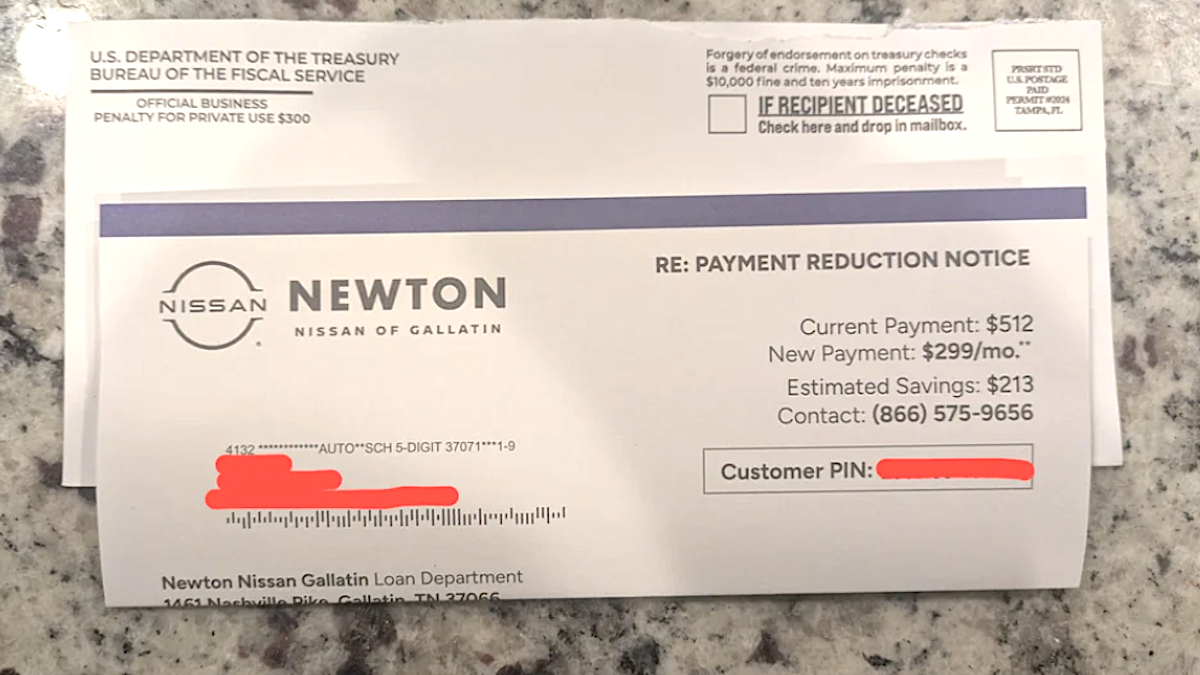
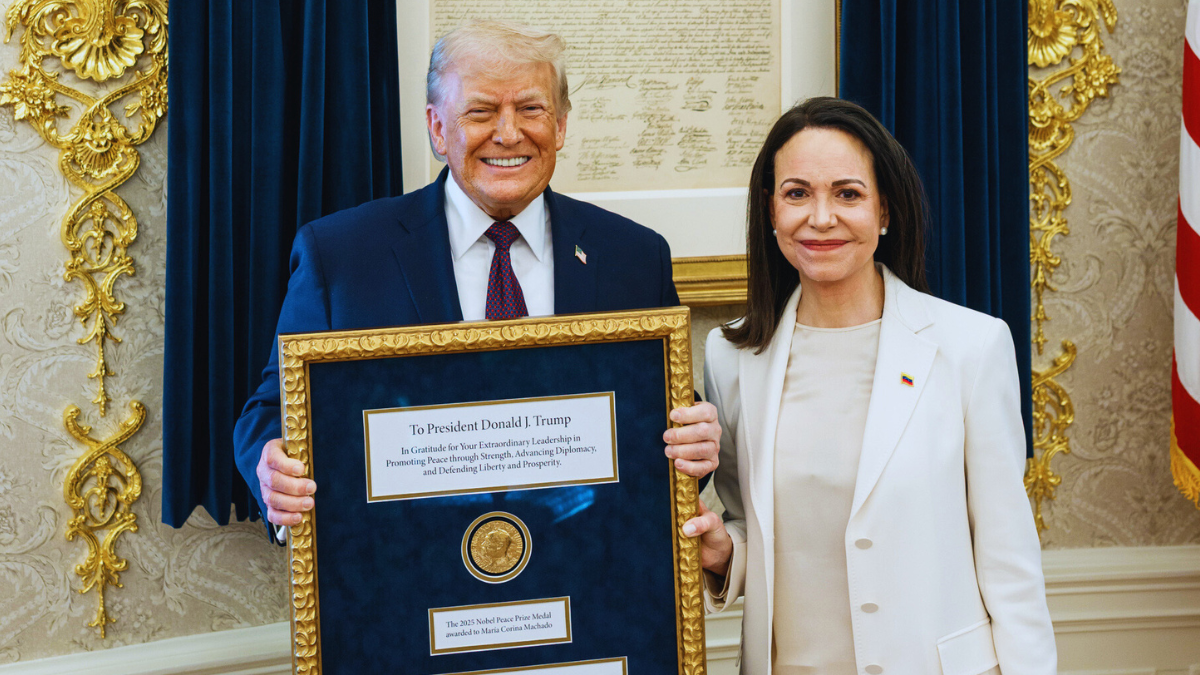
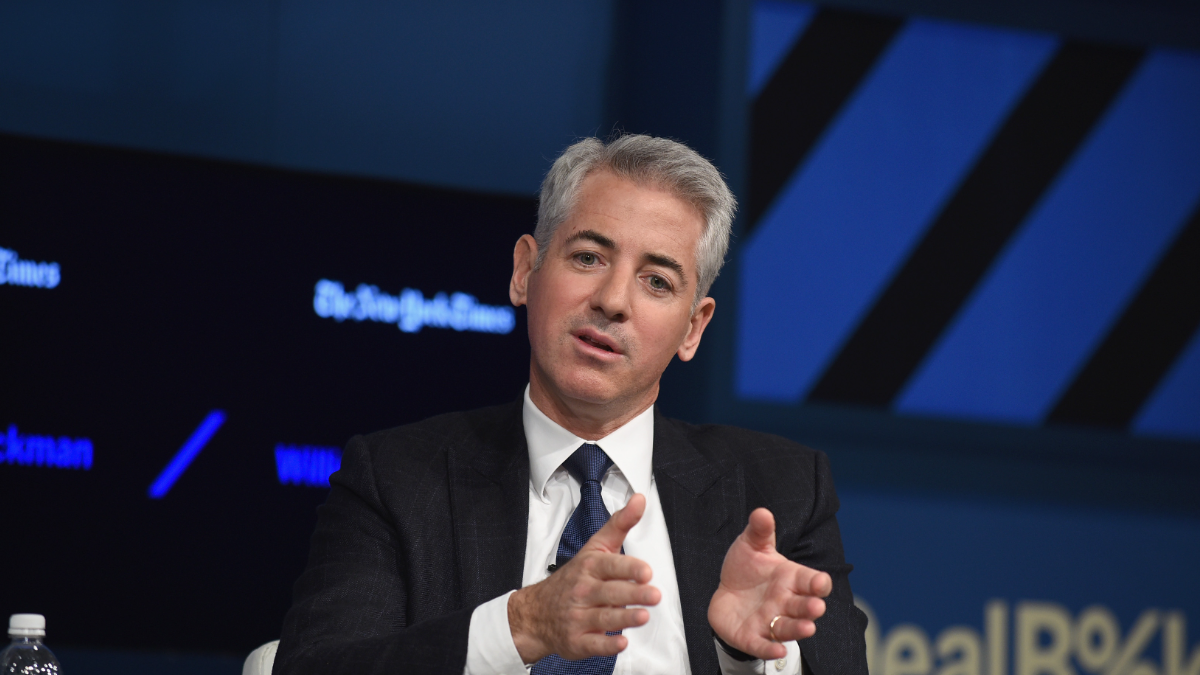

Published: May 10, 2024 05:31 pm